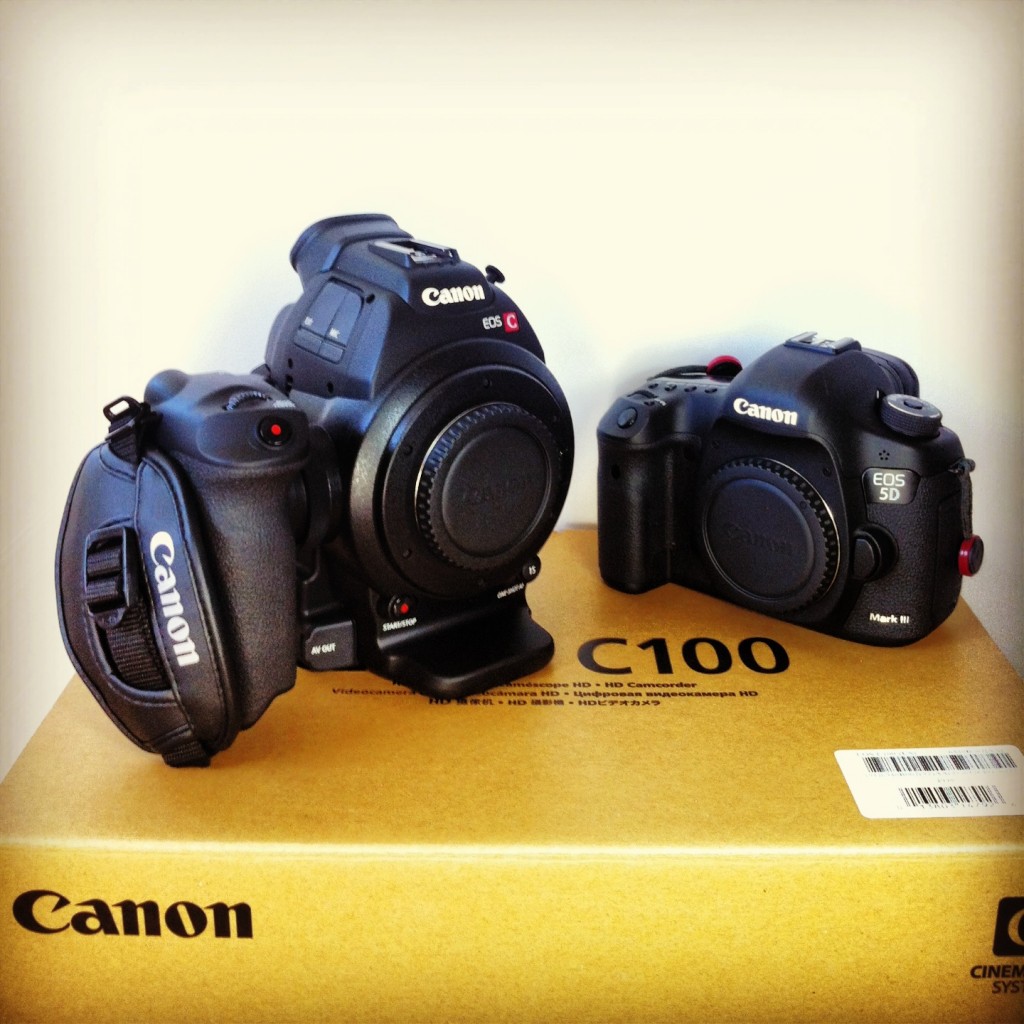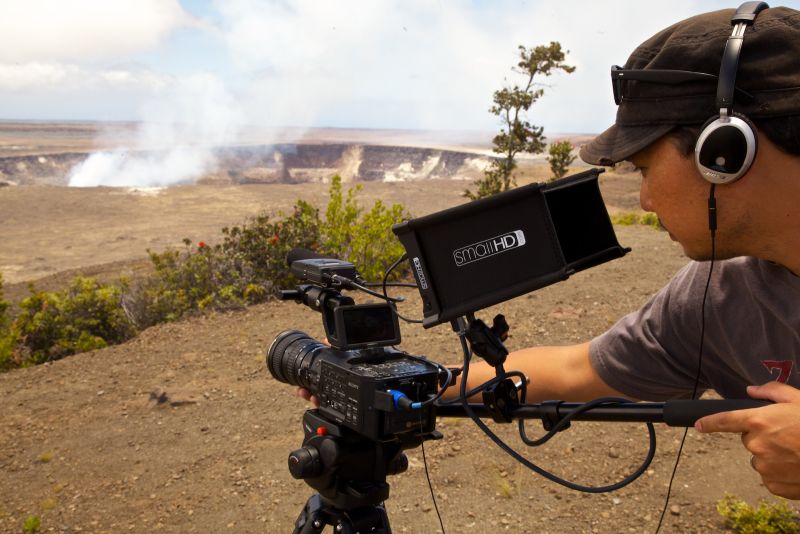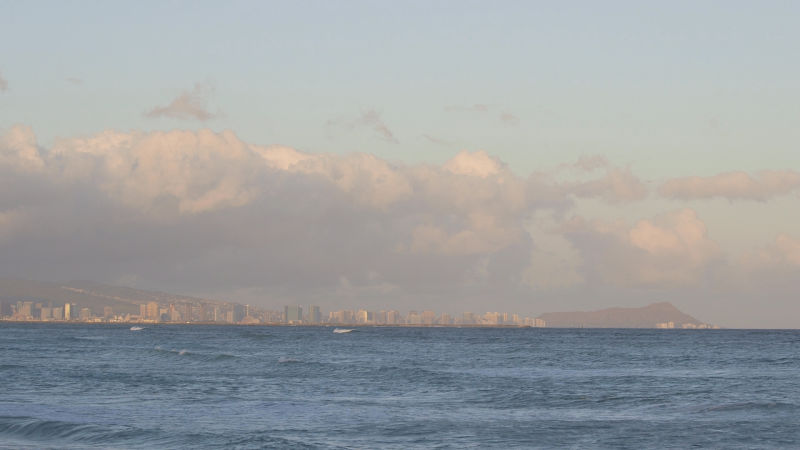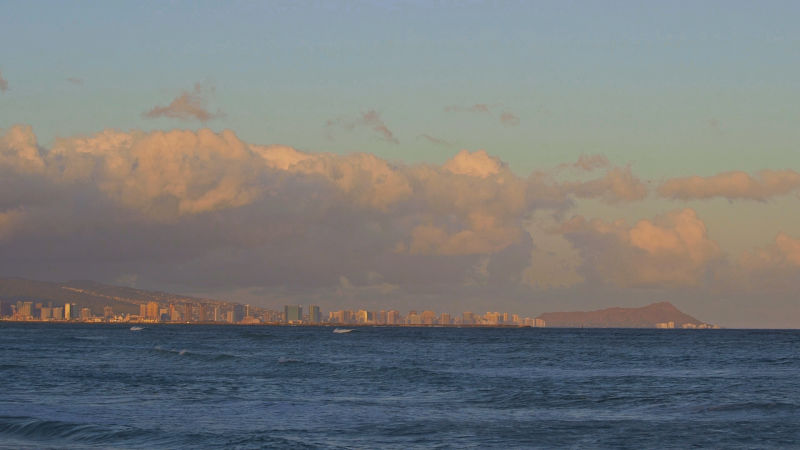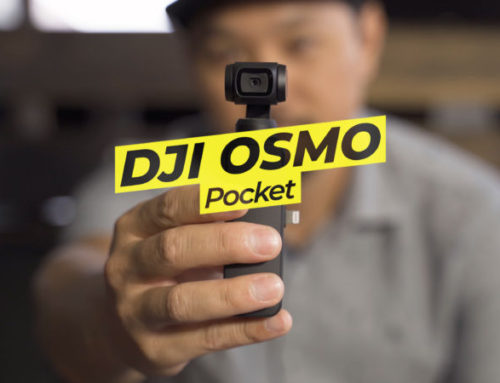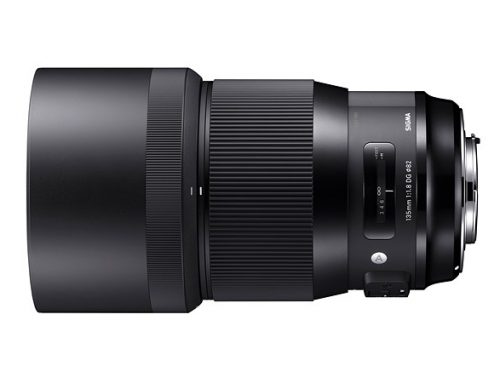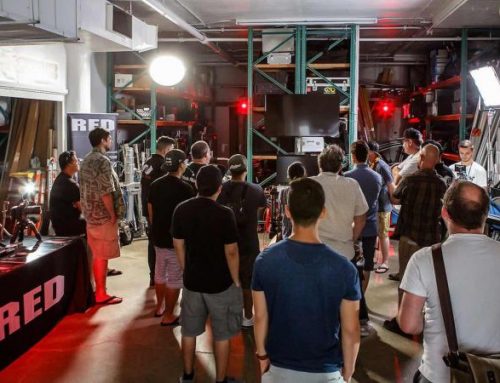Every camera has its strengths and weaknesses. I have been shooting primarily with video enabled DSLR cameras over the past few years mainly due to the cost to image quality ratio. Current DSLR cameras generate terrific looking compressed HD movie files and can be purchased for a very low starting price. They are able to achieve that highly coveted cinematic look due to their large sensors and the ability to shoot at the traditional film frame rate of 24 frames per second. Many world renown cinematographers still use DSLR cameras for personal and professional projects alike.
In 2012, I decided to purchase my first large sensor camcorder style camera the Sony FS100. One of the main disadvantages of using a DSLR camera to shoot video is their lack of high quality audio inputs and tiny form factor. The FS100 offered a solution to both of those problems while offering many other video benefits like: 1080/60fps, peaking (focus assist), zebras (exposure assist), histogram (color assist), longer record times…
It has been a tremendous tool for those features alone, but the camera does have a few shortcomings as well. Because it is a sony camera and I own primarily Canon lenses, all my lenses needed an adapter to work properly which added size and heft. It also isn’t the most ergonomic camera I’ve used, but the camera produces very nice images.
I recently decided to purchase my next camcorder style camera the Canon C100. The C100 is equipped with the same 4k sensor as its slightly larger and much more expensive cousins the Canon C300 and C500. It includes built in ND filters, top handle phantom powered XLR inputs and is ergonomically very easy to work with. I haven’t had the chance to go shoot much with it yet, but here’s a quick frame grab from the 24mbit AVCHD file that shows off the dynamic range and resolution of the camera. What you don’t see in these images is the thick haze that was covering Honolulu.
Click on the images to view full size.


